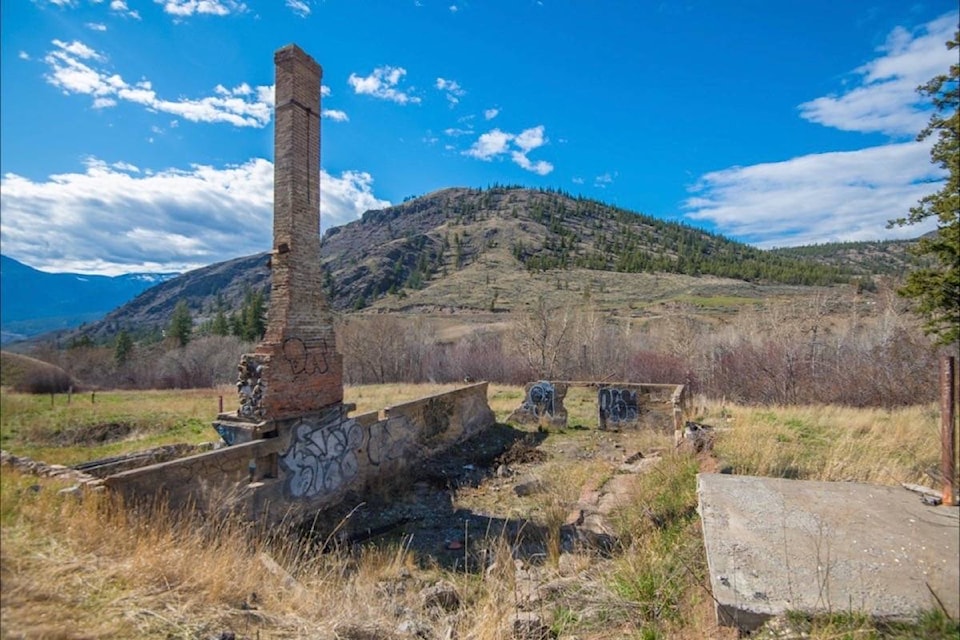The iconic Gold Rush Trail has received a boost, with the announcement that the New Pathways to Gold Society (NPTGS) has awarded $5,000 to the Gold Rush/Spirit Trails corridor, which extends from New Westminster to Barkerville.
It traces the routes taken by those looking for gold along the Fraser and Thompson Rivers and in the goldfields of the north beginning in 1858. The road originally went through Lillooet, which was Mile 0, but a new route starting in Yale soon superceded it.
The funding was made at the request of the Cariboo Chilcotin Coast Tourism Association (CCCTA), which oversees Gold Rush Trail marketing, and is intended to help communities recover from the COVID-19 pandemic and promote heritage tourism, First Nations reconciliation, and multiculturalism in the corridor. The funds will go toward a COVID-19 recovery plan that will help promote safe, responsible travel along the route, and use a combination of social media and stories posted to the Gold Rush Trail website to promote businesses and attractions along the corridor.
NPTGS is also providing $5,000 to the District of Lillooet to upgrade the East Lillooet Internment Memorial Garden via the creation of a Japanese-style rock garden. The project includes a Heritage Circle E-Bike Tour which will offer guided interpretive tours of three local Japanese-Canadian heritage sites.
“We’re excited to support these projects, which will add a new, multicultural heritage tourism attraction to the corridor and promote businesses and destinations hard-hit by the COVID-19 pandemic,” says NPTGS Indigenous Co-Chair Cheryl Chapman.
“There has been a tremendous impact on tourism all along the corridor and these projects are part of our province’s recovery as we move towards a post-pandemic economy.”
NPTGS Co-Chair Terry Raymond says that the two projects meet the Society’s criteria of increasing economic development and enriching the cultural fabric of the Gold Rush/Spirit Trails corridor.
“These two projects will help attract visitors back into Gold Rush/Spirit Trails communities and help rebuild local economies which have suffered during the COVID-19 crisis,” he says. “These two organizations have the track record and capacity to deliver quality projects that will benefit communities all along the corridor.”
Don Hauka, Communications/Creative Director for NPTGS, says that a lot of businesses along the Gold Rush Trail routes are really in trouble.
“They need some kind of traffic going through, and the challenge is how do you do that safely? There are trails and destinations where you can easily social distance, and the funding is to promote social distancing and staying inside your bubble.”
He says that the target audience is B.C. residents, mostly in the Lower Mainland, who are outdoorsy and want the kind of experience the Gold Rush Trail has to offer.
“We’re trying to adhere to Phase 3 guidelines, and are encouraging people to do things like book ahead, and be safe and responsible in terms of the number of people in a group. It’s targeted at families, and we’re encouraging people to go to the New Pathways to Gold Society Facebook page and the Gold Rush Trail website [https://goldrushtrail.ca/] for pictures of the kinds of experiences they can have.
“We’re highlighting the businesses and experiences [along the routes], and it’s a really worthwhile project. We think there’s room for people to go out on the Gold Rush Trail corridor and experience it.”
editorial@accjournal.ca
Like us on Facebook and follow us on Twitter
